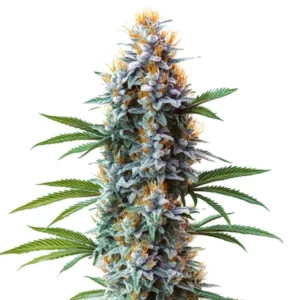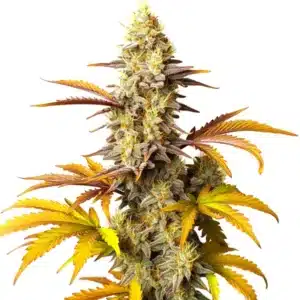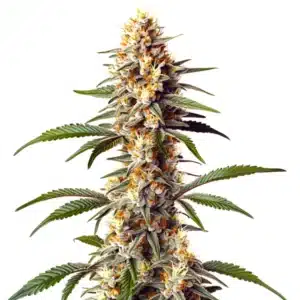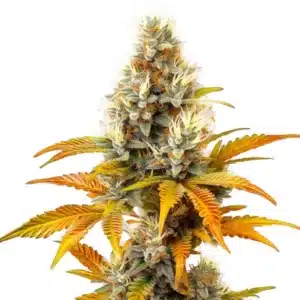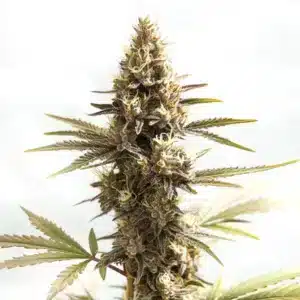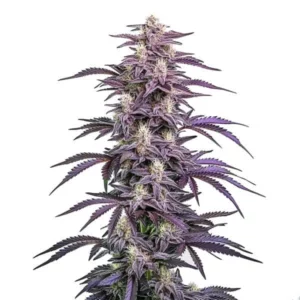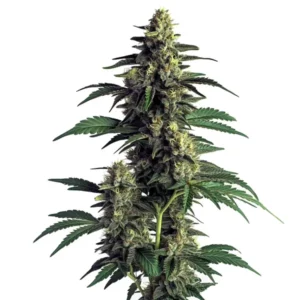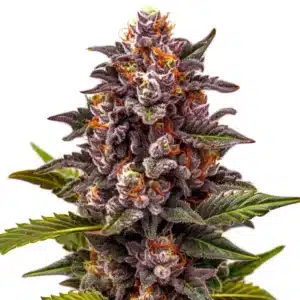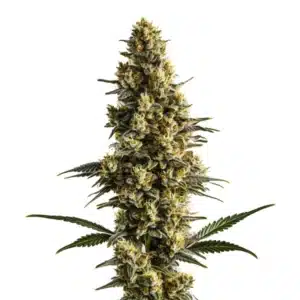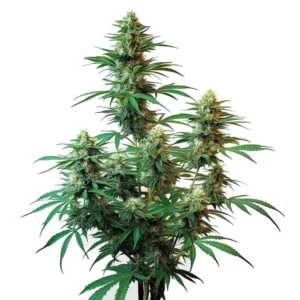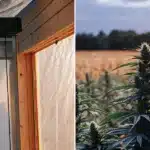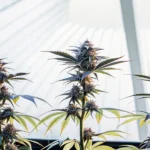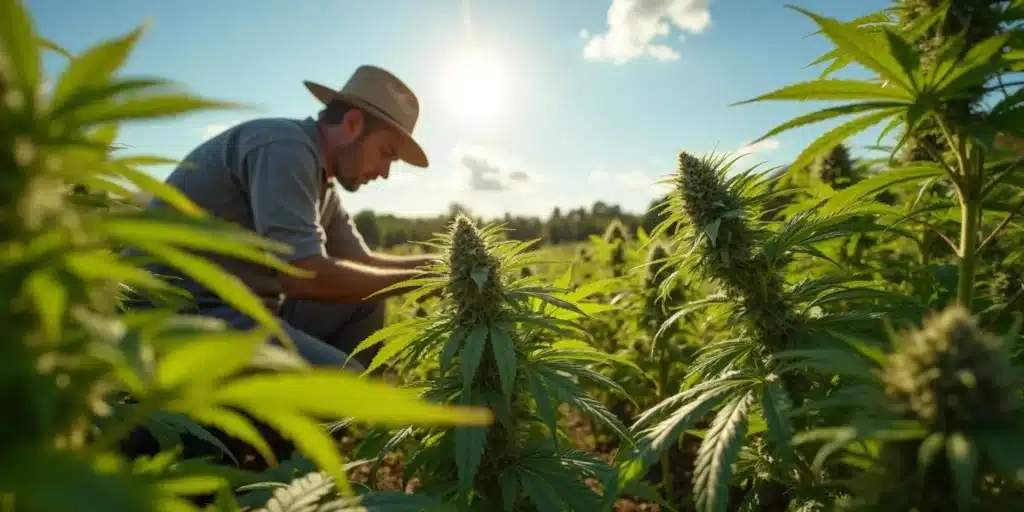
When Does Flowering Start Outdoor Ohio
Growing cannabis outdoors in Ohio can be a rewarding experience. Many gardeners eagerly anticipate the flowering stage, which marks an essential period in the growth cycle. Understanding when flowering starts is crucial for achieving the best outcomes. A common question among growers is: When does flowering start outdoor Ohio? Typically, it begins in mid to late summer, depending on various factors such as the strain and local climate conditions.
Typical Flowering Timeline
In Ohio, outdoor cannabis plants usually start to flower in early August. This timing can vary based on the specific conditions of your location and the type of cannabis strain you are cultivating. As the days shorten, cannabis plants transition from the vegetative stage into flowering, with this shift initiated by the decrease in sunlight.
Recommended Strains
Blue Cheese
|
|
THC | 16% - 20% (Medium) |
|
|
Type | Feminized |
|
|
Yield | High |
|
|
Phenotype | 80% Indica / 20% Sativa |
Blue Cheese Autoflower
|
|
THC | 14% - 16% (Medium) |
|
|
Type | Autoflowering |
|
|
Yield | Medium |
|
|
Phenotype | 80% Indica / 20% Sativa |
Knowing the typical timeline allows growers to plan their care routine more effectively. This brings us to some vital considerations:
- Climate: Weather plays a significant role in the flowering timeline. For instance, a cooler climate may delay the onset of flowering.
- Strains: Different cannabis strains exhibit varying flowering periods. Indicas may flower sooner compared to sativas, which tend to have a longer cycle.
- Care Routine: Adequate nutrients and proper watering practices can help facilitate timely flowering to produce quality buds.
As you dive into the growing process, tracking seasonal changes can help you understand when to expect flowering to begin. Engaging with local gardening communities can also provide insights specific to your region, offering a collective wealth of knowledge. By collaborating with fellow growers who share their experiences and tips, you can build a solid foundation for your outdoor gardening journey.
Promos & Deals
Key Factors Influencing Flowering
Several factors directly influence when your cannabis plants will start to flower, and understanding these elements can help you optimize your growing conditions. Here are some significant factors to consider:
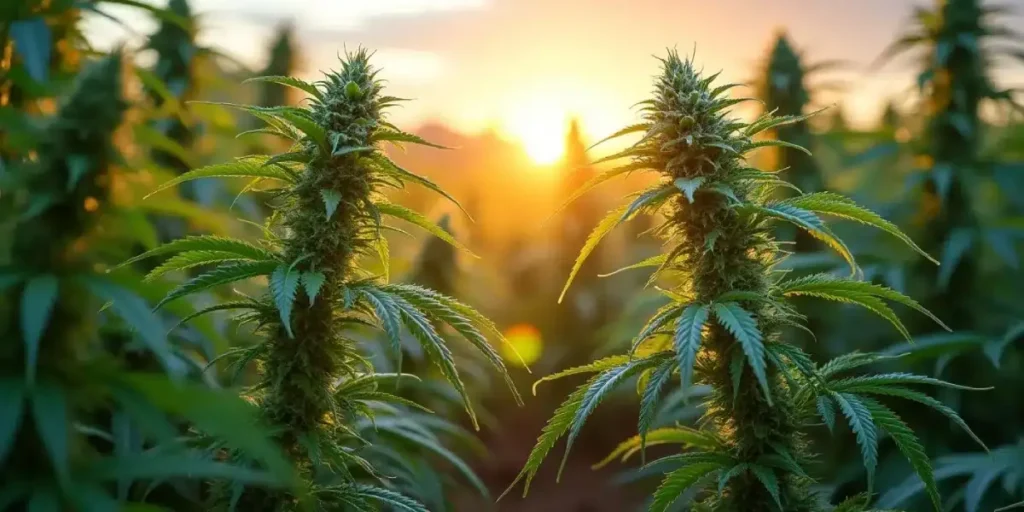
1. Daylight Hours
The natural light cycle is one of the most critical triggers for flowering. In fact, the required hours of dark for cannabis to flower in Ohio typically begin to occur in early August, when daylight diminishes below a key threshold for most photoperiod strains. Cannabis plants are photoperiodic, meaning that they rely on changes in light exposure to initiate this phase. For those wondering when does flowering start outdoor Ohio, it usually begins as daylight hours decrease around early August, signaling to the plants that summer is nearing its end.
During the vegetative stage, plants thrive under 18 hours of light or more. However, as daylight shrinks, they transition to flowering. If you’re operating indoors, you can simulate these natural cycles with controlled lighting. For outdoor growers, staying informed about local sunset times helps you predict when flowering will start…
2. Plant Genetics
The genetic makeup of your cannabis strain also plays a vital role in determining the timing of flowering. Some strains are engineered to flower more quickly, regardless of the light cycle, while others may have inherited traits that cause a longer flowering period.
For example, indica strains, such as Bubba Kush, often flower more rapidly. This makes them perfect for growers looking to achieve a faster harvest. Conversely, sativa strains like Green Crack may take longer to transition into flowering due to their genetic characteristics. By understanding the strain you’re working with, you can set realistic expectations for the flowering process.
Preparing for Flowering
Effective preparation is key to a successful flowering stage. The care and attention you provide during the vegetative phase will have direct impacts on the flowering process. Here are some steps to prepare effectively:
1. Proper Nutrition
During the vegetative phase, plants require a balanced diet rich in nitrogen. As you approach flowering, it’s crucial to adjust the nutrient composition. Your cannabis plants will need a boost in phosphorus and potassium during flowering to encourage healthy bud development, leading to a rich harvest.
Consider utilizing fertilizers tailored for flowering stages to support this transition. Paying attention to nutrient levels is essential, as deficiencies might stunt growth and impact bud quality adversely. You might even think about conducting soil tests to determine specific nutrient needs for optimal growth.
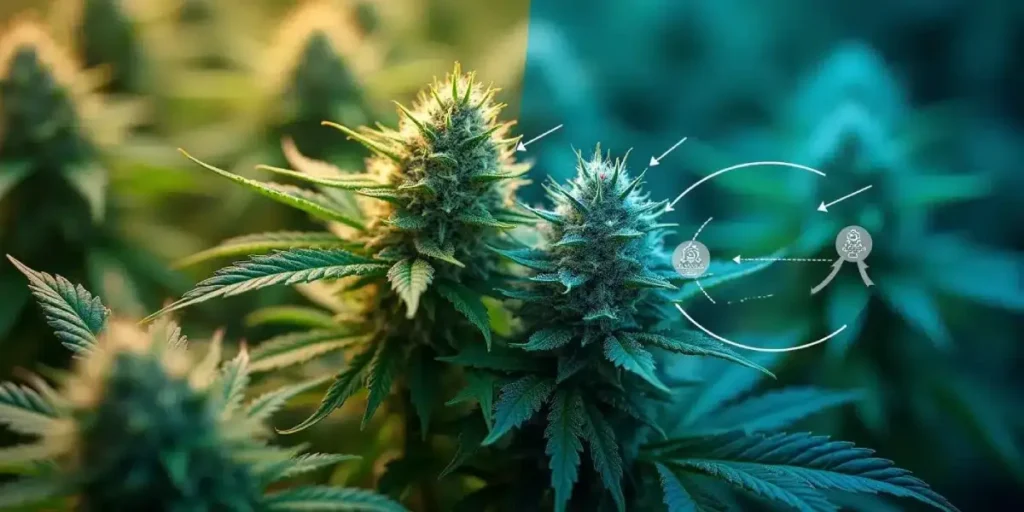
2. Monitoring Watering Practices
Adjusting your watering practices is equally essential as your plants transition to flowering. The water requirements can change during this stage, and you must remain vigilant in observing soil moisture levels. Overwatering can lead to root rot, while under-watering can stress the plants and affect their growth. For growers wondering when does flowering start outdoor Ohio, it’s typically around mid to late July, depending on the strain and local conditions—so adjusting irrigation accordingly is key.
It can be helpful to establish a consistent watering schedule based on weather conditions or soil moisture readings. Healthy plants produce better yields, so ensuring a steady supply of moisture while avoiding saturation is key to promoting robust growth during this critical phase.
Common Challenges During Flowering
Even though the flowering stage is thrilling, it introduces its own set of challenges. Recognizing these potential problems can empower you to address them proactively and maintain healthy plants all season long.
1. Pest Management
Pests can emerge as significant adversaries during the flowering stage. Insect threats like aphids, spider mites, and whiteflies can harm your plants and negatively impact yields. Regular inspections of your plants are crucial to detect any infestations early on, allowing for swift intervention.
If you identify any pests, consider organic pest control methods to safeguard your plants. Options like neem oil or insecticidal soaps can effectively manage pests without hazardous chemical applications. Building regular inspections into your care routine ensures that your plants remain thriving and healthy during flowering.
2. Mold and Mildew
Humidity can become a challenge during the flowering stage, particularly as plants become denser with buds. Elevated humidity levels raise the risk of mold and mildew, posing significant threats to your cannabis plants. To combat this, maintaining good airflow around your plants is essential.
Implementing small fans can enhance ventilation in your growing area, helping to control humidity levels effectively. Additionally, monitoring and controlling environmental factors during late summer is crucial, especially for growers wondering: when does flowering start outdoor Ohio? Proper timing and care during this critical period ensure healthy growth and bountiful yields.
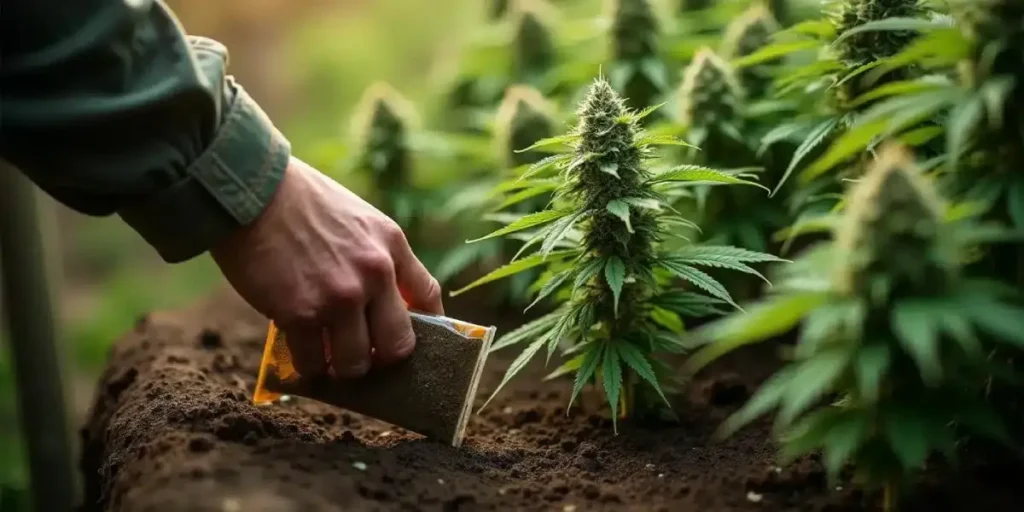
Recommended Strains for Outdoor Growth in Ohio
Ohio growers have access to several cannabis strains well-suited for outdoor cultivation. These strains offer varying flowering times and effects. Here are three popular choices that can thrive outdoors in Ohio:
- Blue Dream: This hybrid strain is celebrated for its balanced effects and adaptability to various climates. With a flowering time of around 9-10 weeks, Blue Dream is an excellent option for Ohio growers.
- Gorilla Glue 4: Known for its potent effects and heavy yields, this strain performs well outdoors and typically flowers in 8-9 weeks, making it ideal for those seeking robust plants.
- Super Skunk: This strain has garnered favor among growers for its resilience and strong aroma. Super Skunk completes its flowering phase in about 7-9 weeks, making it a fantastic choice for outdoor cultivation in Ohio’s climate.
Exploring local growing communities may also yield valuable insights into specific strains that thrive well in your region. Engaging with seasoned growers can help you refine your strain selection and establish a caretaker approach to horticulture that suits Ohio’s unique conditions. Questions like when does flowering start outdoor Ohio are common among new growers, and local expertise can provide accurate, experience-based answers.
FAQs about When does flowering start outdoor Ohio
When should I expect my cannabis plants to start flowering in Ohio?
Typically, outdoor cannabis plants grown in Ohio begin to flower around early August. However, this timing may vary based on the specific strain and local climate conditions.
What factors will affect the flowering time of my plants?
Daylight hours, genetics, and overall growing practices play significant roles in determining when your plants will flower. Shorter daylight hours start signaling flowering, while certain strains might have genetically predetermined flowering times.
How can I prepare my plants for the flowering phase?
To prepare for flowering, adjust nutrient intake to emphasize phosphorus and potassium. Ensure to monitor your watering habits diligently to provide the right moisture levels for your plants to thrive.
What pests should I watch for during flowering?
Common pests that can negatively affect flowering plants include aphids, spider mites, and whiteflies. Regular inspections combined with organic pest control methods will help manage these challenges effectively.
How can I reduce the risk of mold during flowering?
To minimize mold risk, keep good airflow around your plants and maintain appropriate humidity levels. Utilizing small fans to enhance ventilation can significantly reduce mold growth potential during flowering.
With this knowledge in hand, you’re well-equipped to navigate the exciting world of outdoor cannabis cultivation throughout Ohio’s distinct growing season. Embrace the journey, and happy growing!


